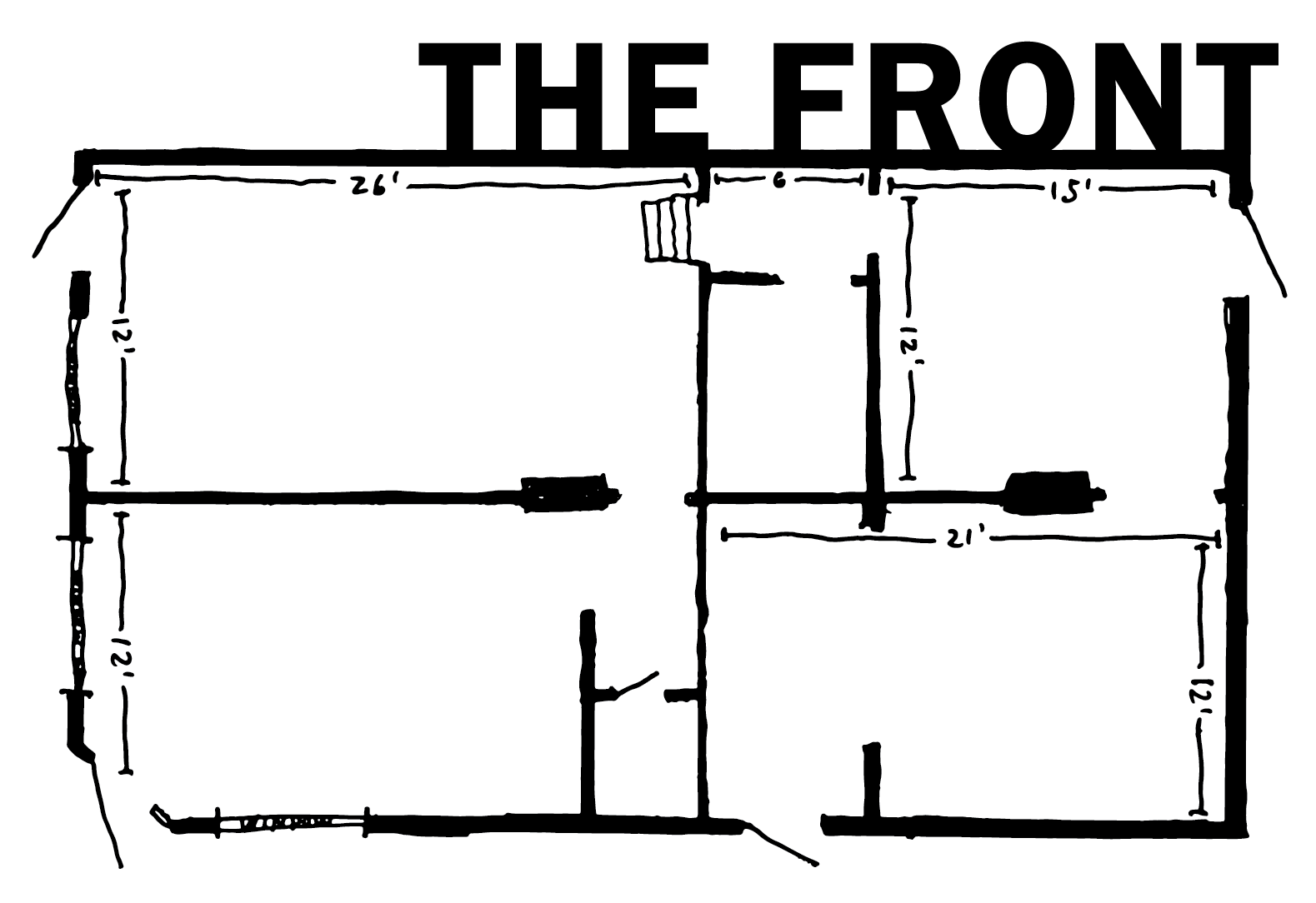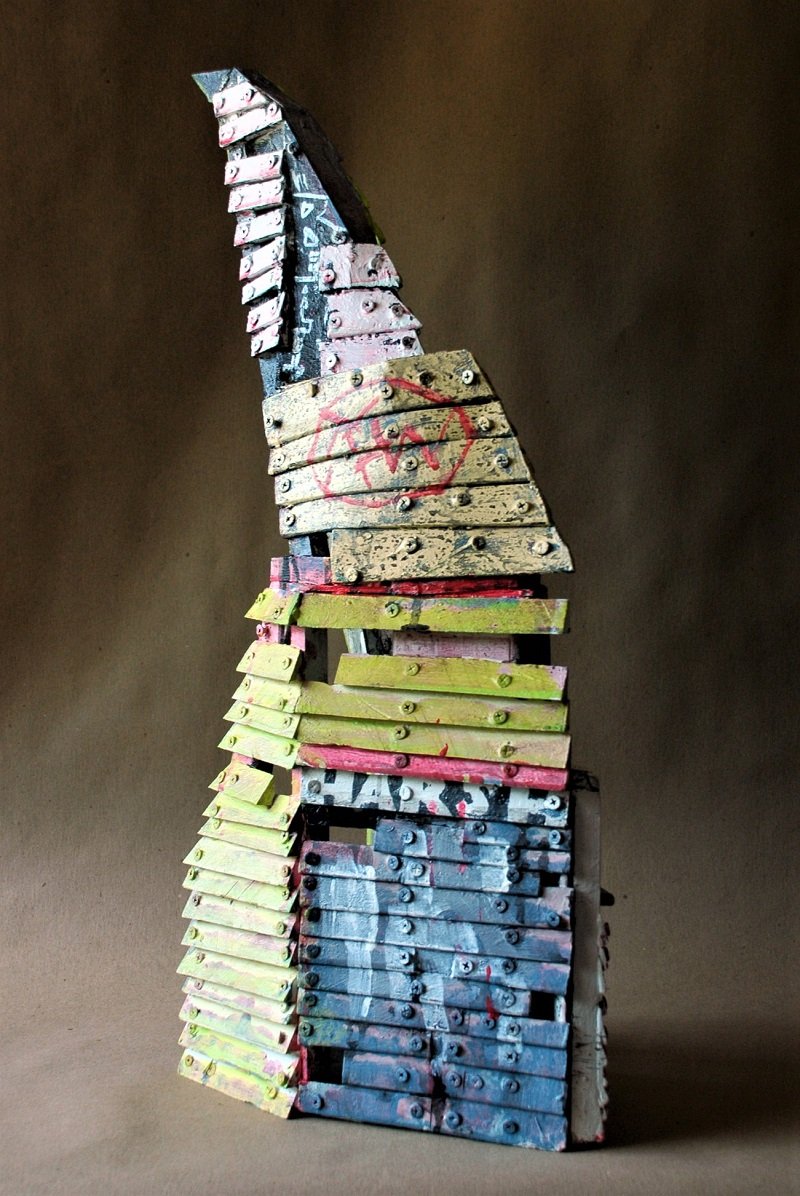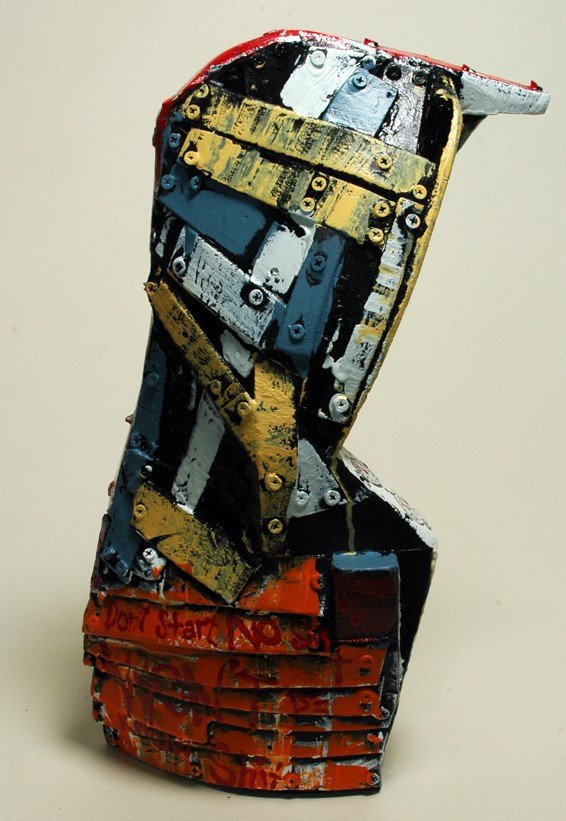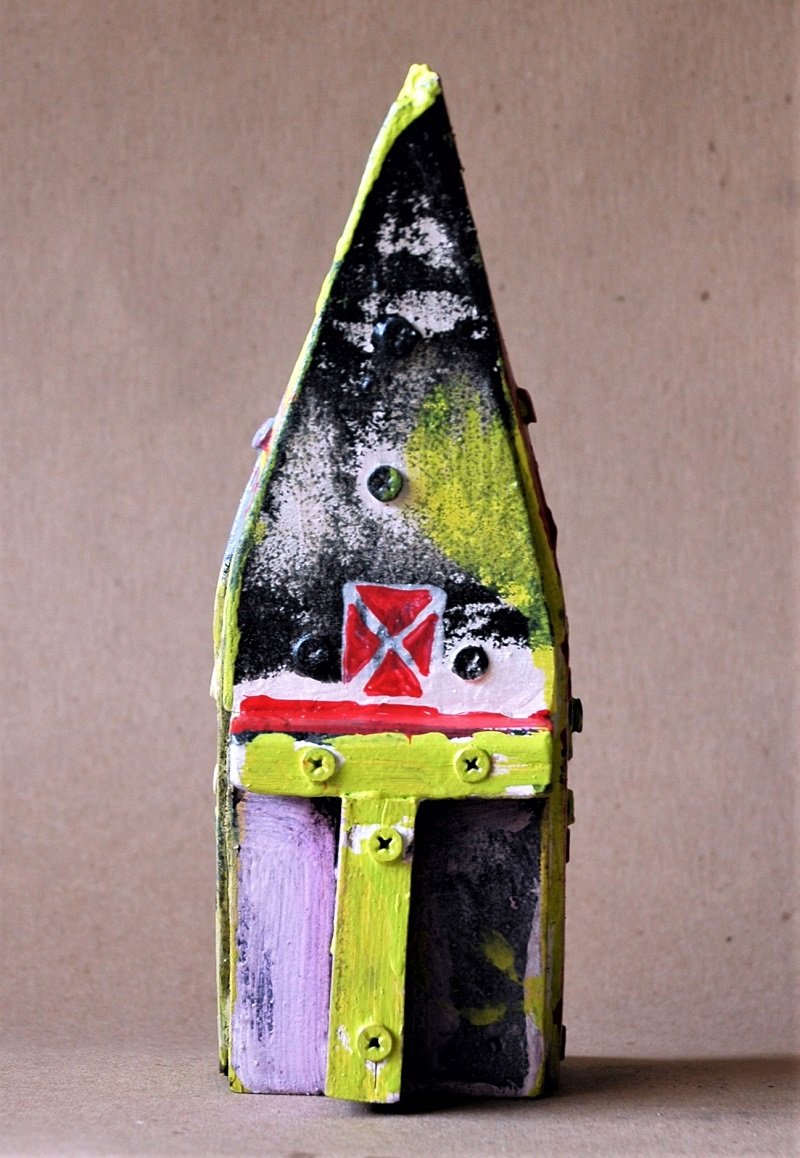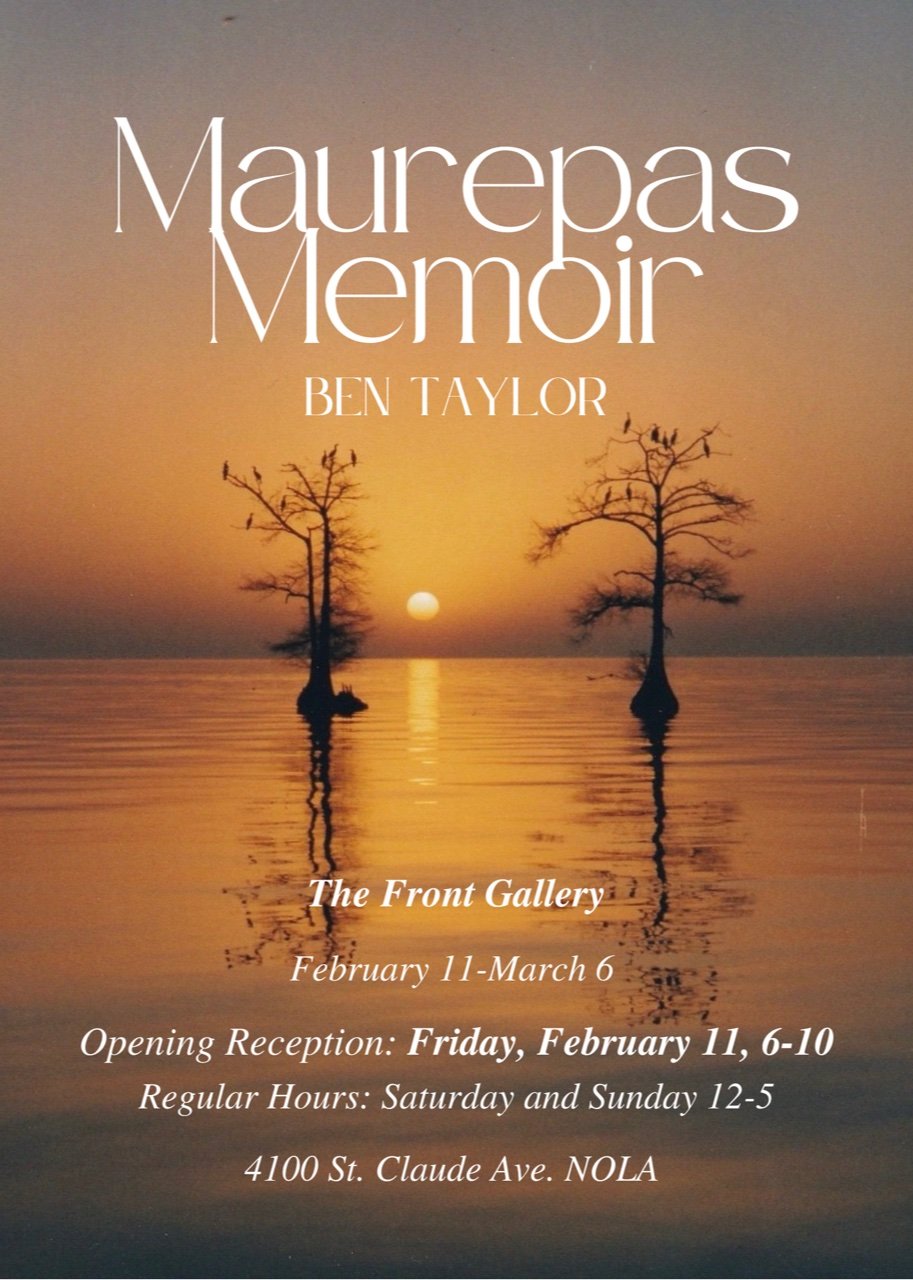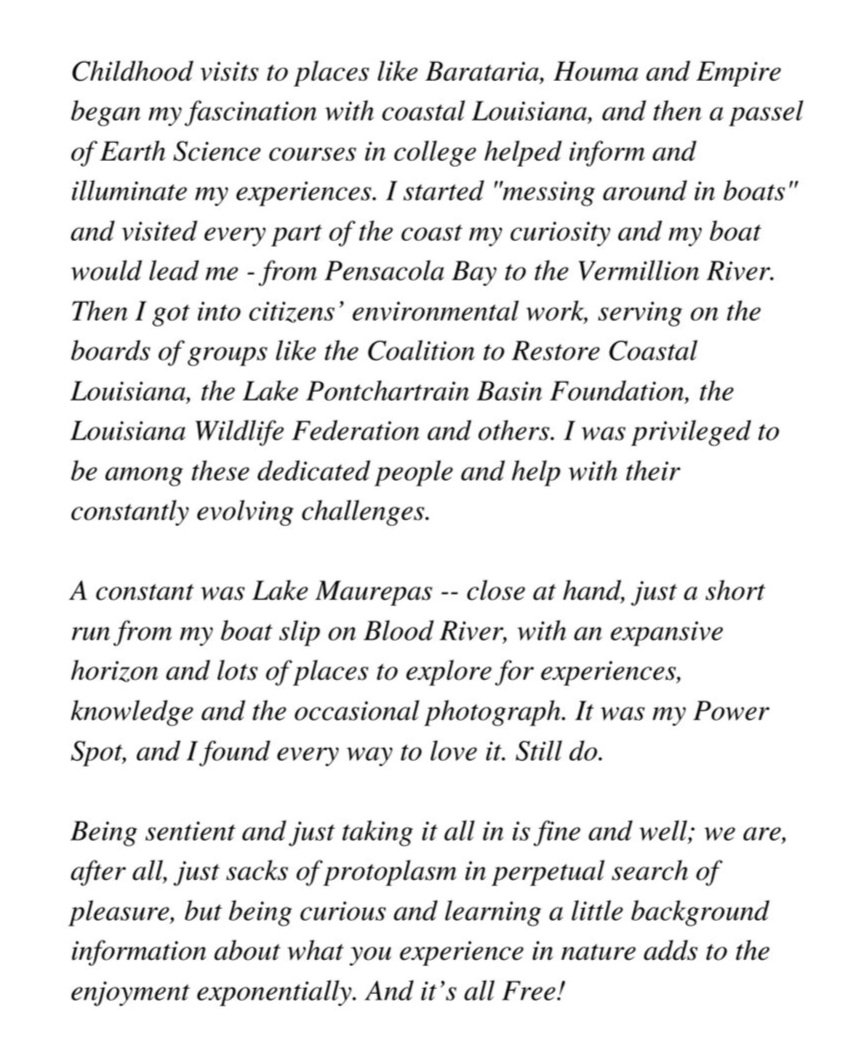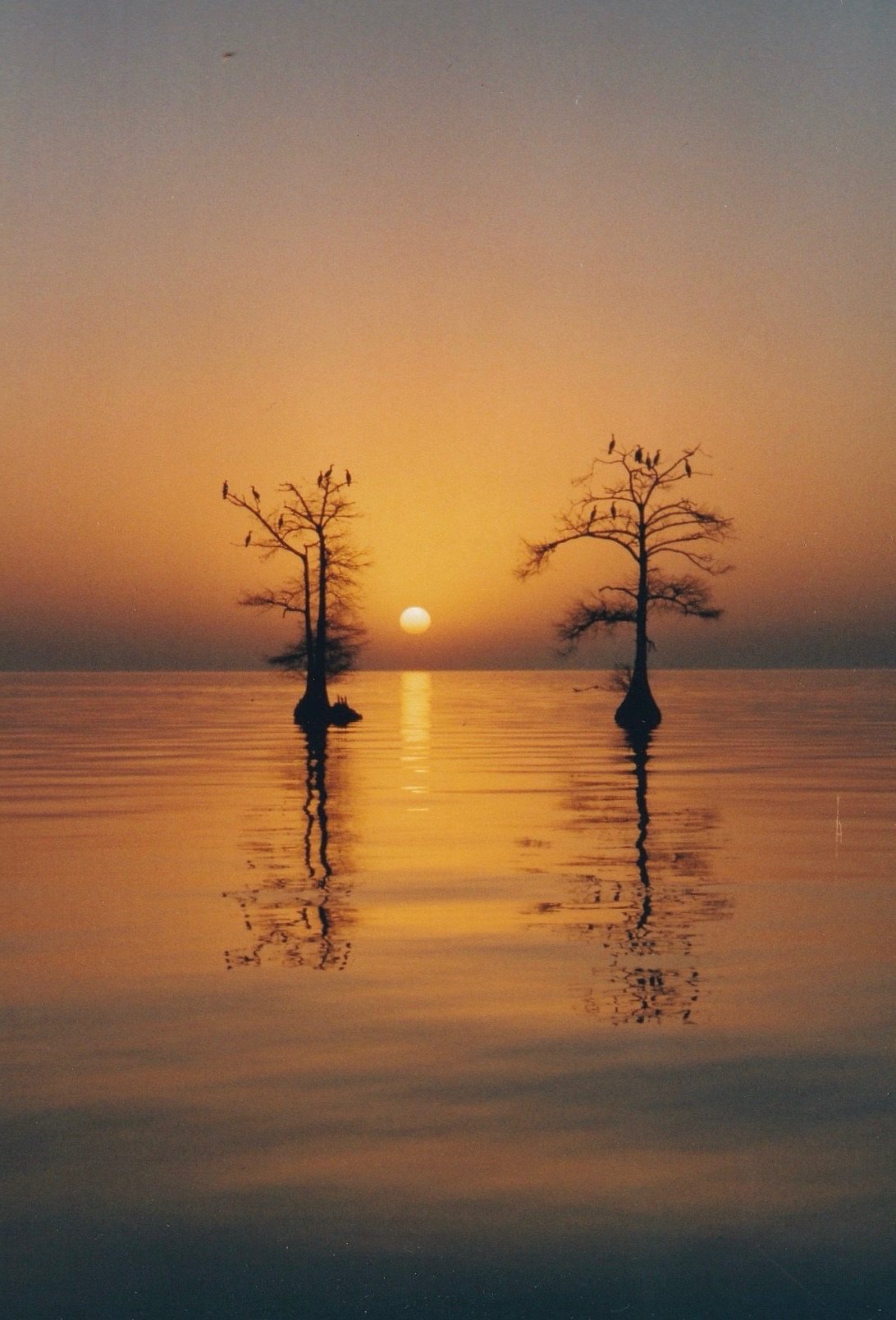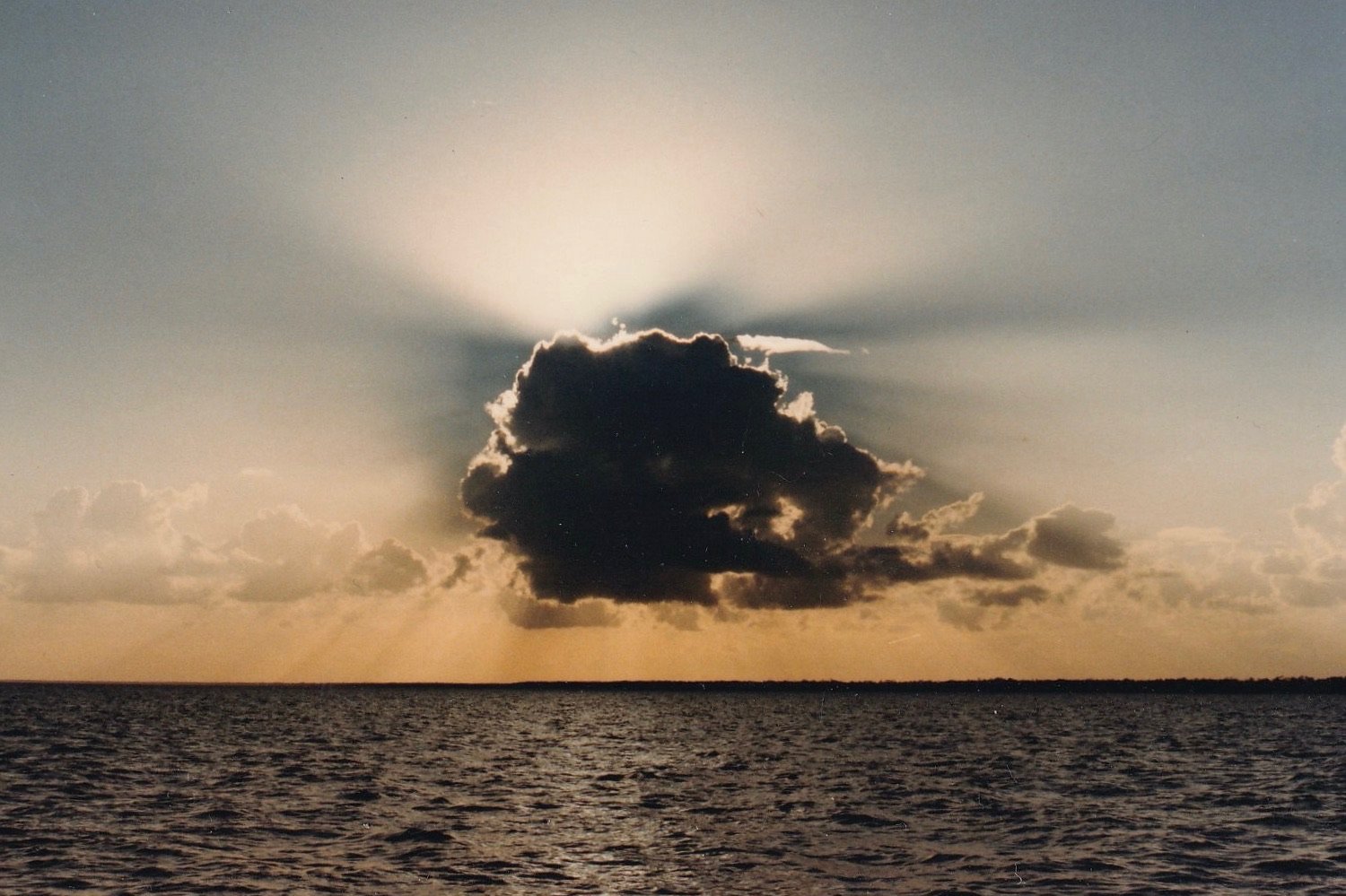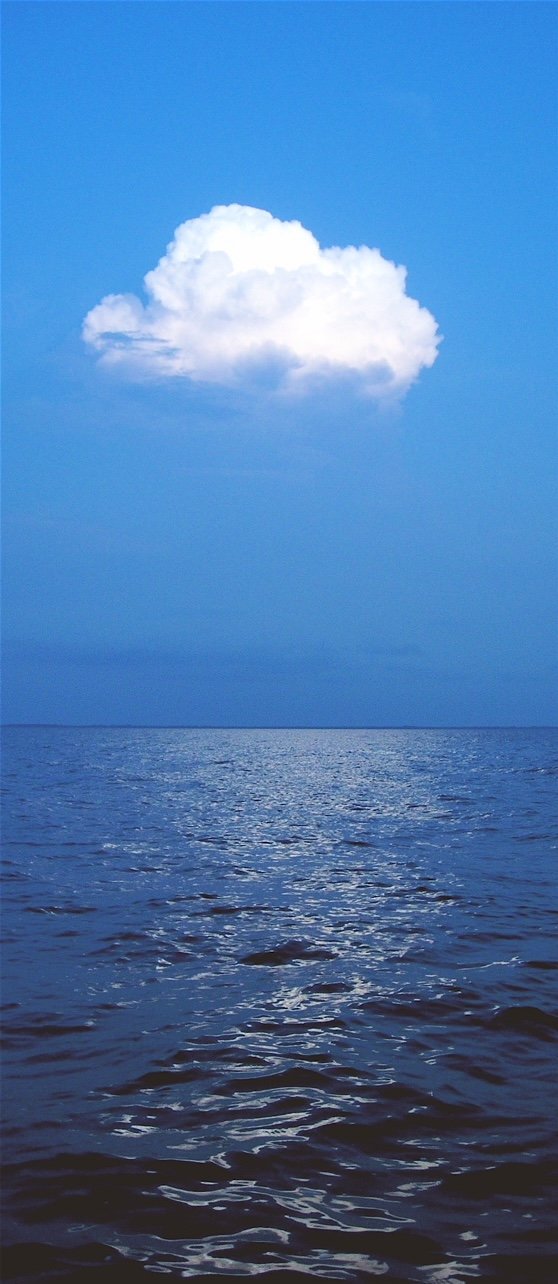February 11 - March 6, 2022
Opening reception Friday, February 11, 6 - 10pm.
Regular hours Saturday and Sunday, 12 - 5pm.
Artist Talks
Hannah Chalew, February 13, 2pm.
Ben Taylor, February 20, 2pm.
John Barnes, February 27, 2 pm.
Room 1
Hannah Chalew, Detail of Floatant, Metal, sugarcane, disposable plastic waste, soil, living plants, iron oak gall ink, ink made from shells, 76” x 48” x 34”, 2020
Hannah Chalew, Floatant, Metal, sugarcane, disposable plastic waste, soil, living plants, iron oak gall ink, ink made from shells, 76” x 48” x 34”, 2020
Hannah Chalew, Petroplexus, Iron oak gall ink, ink made from shells, on paper made from sugarcane combined with shredded disposable plastic waste (“plasticane”) over rebar, 11’ x 8’ x 2’, 2019
Hannah Chalew, Detail of Pipelandia, Metal, sugarcane, plastic, lime, recycled paint, living plants, soil, paper made from sugarcane combined with shredded disposable plastic waste (“plasticane”), iron oak gall ink, ink made from shells, 48” x 30” x 30”, 2021
Hannah Chalew, Pipelandia, Metal, sugarcane, plastic, lime, recycled paint, living plants, soil, paper made from sugarcane combined with shredded disposable plastic waste (“plasticane”), iron oak gall ink, ink made from shells, 48” x 30” x 30”, 2021
Hannah Chalew, Structural Trap, Metal, sugarcane, plastic, lime, recycled paint, living plants, soil, paper made from sugarcane combined with shredded disposable plastic waste (“plasticane”), irrigation tubing, drip emitter, iron oak gall ink, ink made from shells, 77” x 38” x 28”, 2021
Structural Trap
Hannah Chalew
A structural trap is the name of the geological structure formed when massive layers of rock are bent or faulted from Earth’s shifting landmass and create reservoirs or “traps” of petroleum. This title also references the situation Louisiana faces as an oil and gas state, with a coastline whose disintegration is being both caused by and exacerbated by these industries, yet we fail to change course. This work combines sugarcane, the staple chattel slavery crop, with single-use disposable plastic waste, linking fossil fuel extraction and plastic production to their capitalist, settler-colonist roots; these industries have exploited people and the landscape for centuries. Plants, both living and dead, weave through these drawings and sculptures—bridging past and present with visions of the future ecosystems that might emerge from our culture’s detritus if the status quo remains unchanged.
Hannah Chalew is an artist, educator and environmental activist raised and currently working in New Orleans. She received her BA from Brandeis University in 2009, and her MFA from the Cranbrook Academy of Art in 2016. Chalew has exhibited widely around New Orleans and has shown around the country at the Laumeier Sculpture Park, St. Louis, MO; Wave Hill Public Garden and Cultural Center, Bronx, NY; Minnesota Center for the Book Arts, Minneapolis, MN; Dieu Donné, New York, NY; Asheville Museum of Art, Asheville, NC, and other venues. Her work is included in two creative atlases by writer and activist Rebecca Solnit, Unfathomable City: A New Orleans Atlas, co-authored with Rebecca Snedeker and Nonstop Metropolis: A New York City Atlas, co-authored with Joshua Jelly-Schapiro. Her work is held in the collections of the City of New Orleans and the Ogden Museum of Southern Art.
Room 2
John Barnes, A Harsh Reality, wood and acrylic paint, 32 in x 9 in x 14 in, 2009
John Barnes, Eleven 55, Clubbin, wood and acrylic paint, 19 in x 6.5 in x 9 in, 2008
John Barnes, Lilliputian Addict, wood and acrylic paint, 6.5 in x 3 in x 3 in, 2009
Eschatology
John Barnes
Eschatology: Any system of doctrines concerning last, or final, matters such as death, the Judgment, the future state, etc.
This body of work deals with the plight of the "environmental refugee" whose personal connection to the physical world is abruptly or gradually erased, interrupted, and utterly devastated through natural or manmade disasters, war, or a rapidly changing climate. My perspective of this idea was shaped through the Hurricane Katrina disaster of 2005 in New Orleans, LA. I lost property, and a general sense of "normal". Through the language of sculpture I construct dialogues with viewers that draw heavily from the pallete of colors and textures that lie in the wake of natural disasters. In the twisted warped wreckage of former dwellings and work places I sought to find a connection to beauty through the landscape of disaster. I developed a visual language that I refer to as "disaster aesthetics". Within this P.O.V. is a combination of visual layers informed by damaged architecture, abandoned dwellings, graffiti elements, traumatized youth, and esoteric meanings.
Some of the common images that surfaced while I envisioned this project focus more on the societal class bias of the aftermath and the politics of rebuilding. Many of the historically black areas of the city were hit particularly hard afterwards with a very aggressive form of gentrification. This form of gentrification relied heavily on biased media coverage that painted a tense picture which positioned the city's desire to move forward against a depiction of the mostly black low-economic evacuated residents as having excessive criminal/ anti social tendencies.
Within the design of these small dwellings, I combined the two primary concerns of people who were affected by the Katrina disaster: a flooded home, and water. I merged these two interests into the form of hybrid vessels comprised of houses and sinking boats (inverted prow). Some of the vessels are clearly more linked to houses and some take on very subtle humanoid features, with an emphasis on making them seem dark and unfriendly. Many of the Katrina-affected dwellings were later set ablaze by squatters or mysterious individuals, so I chose to affect each piece with fire and soot.
Ultimately, I want viewers to consider their own dwellings and sense of routine and readiness. This issue of disasters is more relevant today internationally then it was when this series was developed.
All throughout my education as a youth I was drawing. I didn’t really imagine myself as an artist until I attended Southern A&M University as an Art major. I also attended Memphis College of Art for graduate study where I was awarded a Master’s of Fine Art degree in Sculpture in 1999. I began my academic career in New Orleans at Dillard University where I currently direct the Visual Arts program.
My work has been featured in solo and group exhibitions throughout the United States and also in juried international biennials. My work is primarily wood, which I construct into assemblages. Inspiration for my work is based on the surroundings in New Orleans and the delta region as a whole. It is also influenced by local news reports that highlight activities such as: gentrification, income inequity, racism, violence, and justice.
Rooms 3 + 4
Ben Taylor, Sunrise over Lake Maurepas from the mouth of the Amite River. Anhingas prepare to leave their safe, overnight perches for a day of hunting.
Ben Taylor, An angry looking cloud blocks the late afternoon sun on Lake Maurepas.
Ben Taylor, The Norco Cloud photographed from the north shore of Lake Maurepas. The cluster of hot catalytic crackers that are located in the refineries here make an atmospheric marker that can be seen on most any day from all around the region.
Ben Taylor, This grove of shoreline cypress from just inside the mouth of the Amite River looks ghostly in the early morning haze.
Maurepas Memoir
Ben Taylor
Being sentient and just taking it all in is fine and well, we are, after-all, just sacks of protoplasm in perpetual search of pleasure, but being curious and learning a little background information about what you experience in nature adds to it exponentially. And its all Free!
Childhood visits to places like Barataria, Houma and Empire began my fascination with coastal Louisiana and then a passel of Earth Science courses in college helped inform and illuminate my experiences. I started "messing around in boats" and visited every part of the coast my curiosity and my boat would lead me - from Pensacola Bay to the Vermillion. Then I got into citizen's environmental work, serving on the boards of groups like the Coalition to Restore Coastal Louisiana, the Lake Pontchartrain Basin Foundation, the Louisiana Wildlife Federation and others. I was privileged to be among these dedicated people and be involved with their constantly evolving challenges.
A constant was Lake Maurepas; close at hand, just a short run from my boat slip on Blood River, with an expansive horizon and lots of places to explore for experiences, knowledge and the occasional photograph. It was my Power Spot and I found every way to love it. Still do.
